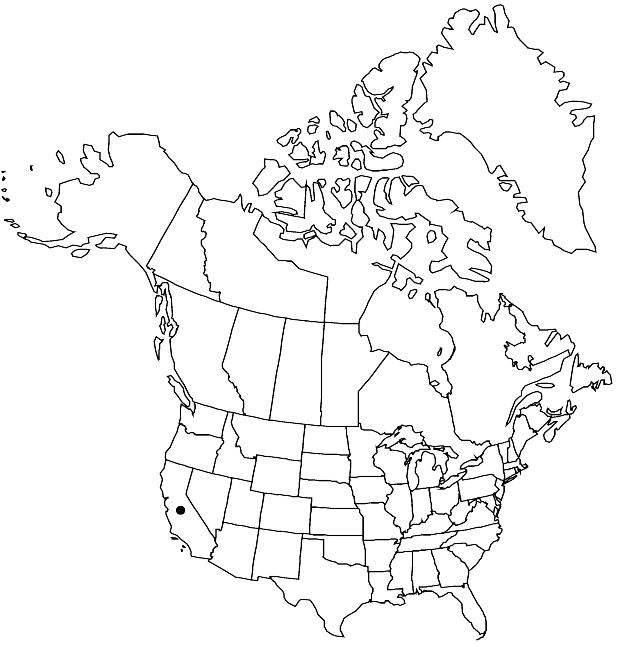Hesperidanthus jaegeri
Harvard Pap. Bot. 10: 50. 2005.
Perennials or subshrubs. Stems several from caudex, erect or ascending, (stiff, usually gyrose), 1–3 dm. Leaves (3–7 per stem); petiolate (1–2 cm); blade ovate to broadly so, (1–)1.5–4 cm × 10–35 mm, base obtuse, subtruncate, or cuneate, margins usually coarsely and irregularly dentate, rarely (distalmost) repand, apex obtuse or subacute. Racemes few-flowered, (lax in fruit). Fruiting pedicels divaricate or ascending, straight or slightly curved, 6–14 mm. Flowers: sepals purplish, 5–7 × 2–3 mm; petals white to lavender or purplish (with darker veins), 9–14 × 2.5–4 mm, attenuate to clawlike base; filaments 2–3 mm; anthers linear, 2–2.5 mm; gynophore obsolete to 0.5 mm. Fruits straight to strongly recurved, terete, (2–)3–5 cm × 1–1.2 mm; ovules 26–42 per ovary; style 0.7–1.5 mm; stigma flat, entire. Seeds 1.2–1.5 × 0.6–0.9 mm.
Phenology: Flowering Apr–Jun.
Habitat: Rocky crevices, cliffs, limestone clefts
Elevation: 1500-2800 m
Discussion
Of conservation concern.
Hesperidanthus jaegeri has been collected from Marble and Teufel canyons and Cerro Gordo Peak of the Inyo Mountains, Inyo County.
